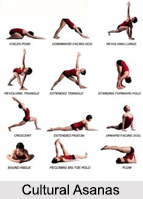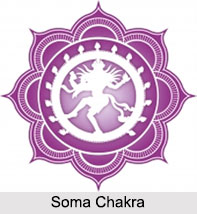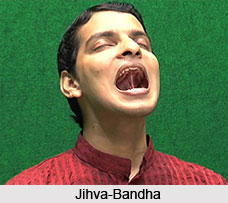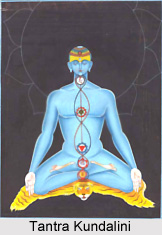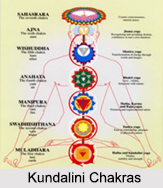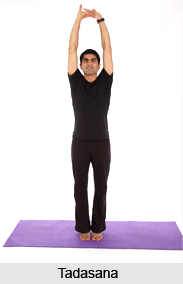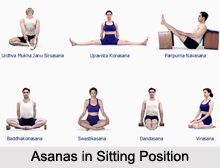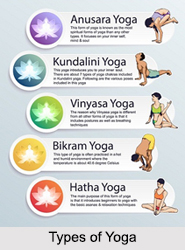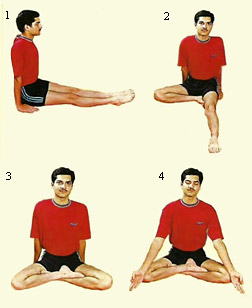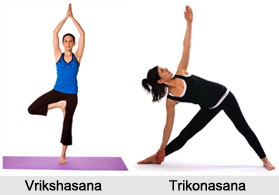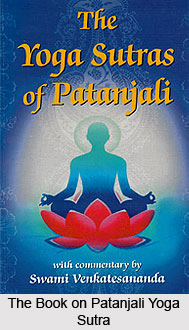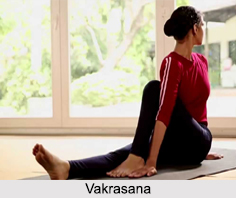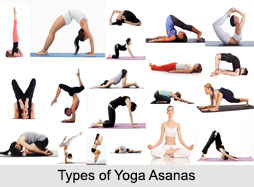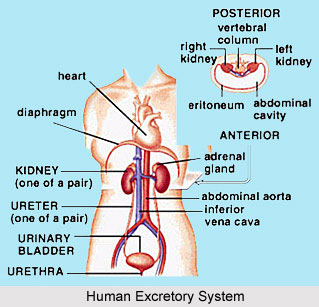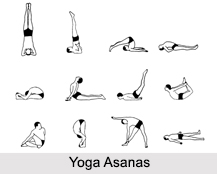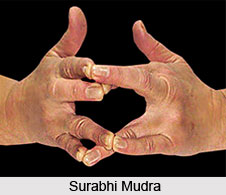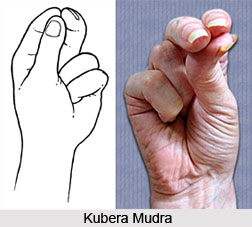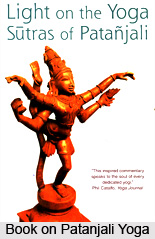 The thirty-second yoga sutra speaks about the likeness of a tortoise and its temperament, with the disposition of an aspirant. By achieving mastery over the curma nadi one is capable to make his physical body motionless like a tortoise, but will have the power also to lie dormant mentally by wholly freezing the functions of the body. The functions are performed by five kinds of vital energy, prana vayus - prana, apana, samana, udana and vyana. Each of them corresponds to specific regions of the physical body. Yoga texts also describe the chief nadis - representing the epigastric region, that directly act upon emotional uproars. Just like a tortoise is able to shield itself from outside catastrophes, at the same time staying unaffected by it, similarly a sadhaka is successful in conquering the kurma nadis, only when he is unaffected by the worldly turmoils.
The thirty-second yoga sutra speaks about the likeness of a tortoise and its temperament, with the disposition of an aspirant. By achieving mastery over the curma nadi one is capable to make his physical body motionless like a tortoise, but will have the power also to lie dormant mentally by wholly freezing the functions of the body. The functions are performed by five kinds of vital energy, prana vayus - prana, apana, samana, udana and vyana. Each of them corresponds to specific regions of the physical body. Yoga texts also describe the chief nadis - representing the epigastric region, that directly act upon emotional uproars. Just like a tortoise is able to shield itself from outside catastrophes, at the same time staying unaffected by it, similarly a sadhaka is successful in conquering the kurma nadis, only when he is unaffected by the worldly turmoils.
kurma tortoise, name of a nerve
nadyam nerve, a vessel
sthairyam steadiness, immovability
By sarhyama on kunnanadi, at the pit of the throat, the yogi can make his body and mind firm and immobile like a tortoise.
By mastery over kurma nadi, the yogi not only keeps his physical body immobile like a tortoise, alligator or snake, but also has the power to hibernate mentally by entirely immobilising the functions of the body and intellect. Kurma nadi corresponds to the epigastric region.
Kirma Curma nadi is relatively hard to locate in the human system. The teachers who know about the nervous system may have recorded their knowledge, but their teachings have been lost over the centuries. Also, in those days, instructions were imparted orally, and in the communication gap between teacher and pupil the location of such nadis may have been forgotten.
The functions of the body are performed by five types of vital energy, prana vayus - prana, apana, samana, udana and vyana. Prana moves in the thoracic region and controls breathing. Apana moves in the lower abdomen and controls excretion of urine, semen and faeces. Samana stirs up the gastric fire, assisting digestion and maintaining the harmonious functioning of the abdominal organs. Udana, working in the throat, controls the vocal chords and the intake of air and food. Vyana penetrates the entire body, distributing energy from the breath and food through the arteries, veins and nerves.
There are also five upavayus known as upa-pranas. They comprise - naga, krkara, devadatta, dhanamjaya and kurma. Naga alleviates pressure of the abdomen by burping; krkara prevents substances from passing up the nasal passages and down the throat by making one sneeze or cough. Devadatta causes yawning and induces sleep. Dhanamjaya produces phlegm, nutrifies the body, remains in it even after death and sometimes inflates a corpse. Kurma controls the movements of the eyelids and regulates the intensity of light for seeing by controlling the size of the iris. The eyes are the index of the brain. Any movement in the brain is reflected in the eyes. By tranquillising the eyes, i.e., by the control of kurma vayu, one can still one`s thoughts and make one`s brain immobile (1.18-19).
In yoga texts one can read of the main nadis, such as ida, pihgala, susumna, citra, gandhari, hastijihva, pusa, yasasvini, alumbusa, kuhii, sarasvati, varuni, viiodhari, payasvim, sahkhim, subha, kausiki, sura, raka, vijnana, kurma and many others. The beginning and end of some of the nadis are described; for others, only the end points are recorded. The functions of some are dealt with, others are not. Kurma nadi`s functions are explained, but not its source or its terminus. This nadi may represent the epigastric region, and may directly affect emotional turmoils and their control.
One`s mental functions revolve mainly around lust, anger, greed, infatuation, pride and envy, considered the enemies of the soul. They are represented by the four legs, mouth and tail of the tortoise. The tortoise draws its head and limbs into the shell and does not come out, come what may. By mastery over the kurma nadi, the yogi stops the movements of these six spokes of the mind, which are influenced by the qualities of sattva, rajas and lamas. He brings these enemies of the soul to a state of steadiness, and through the dominance of sattva guna, transforms them into friends. He remains like a tortoise in his shell, his emotional centre undisturbed, under every circumstance. He has developed emotional stability, the prerequisite of spiritual realisation.

